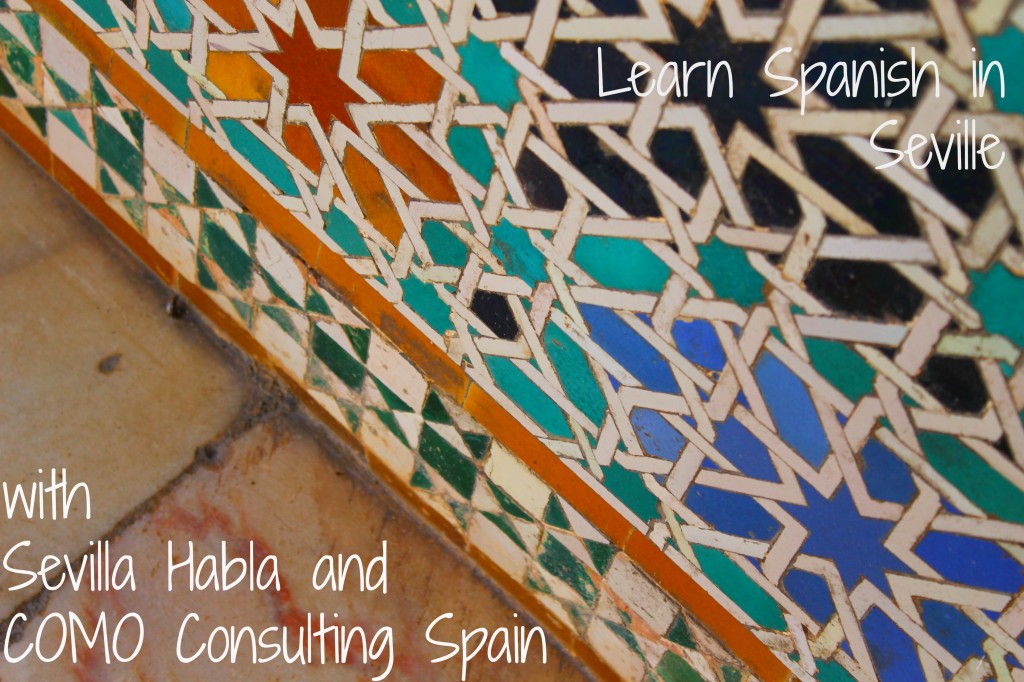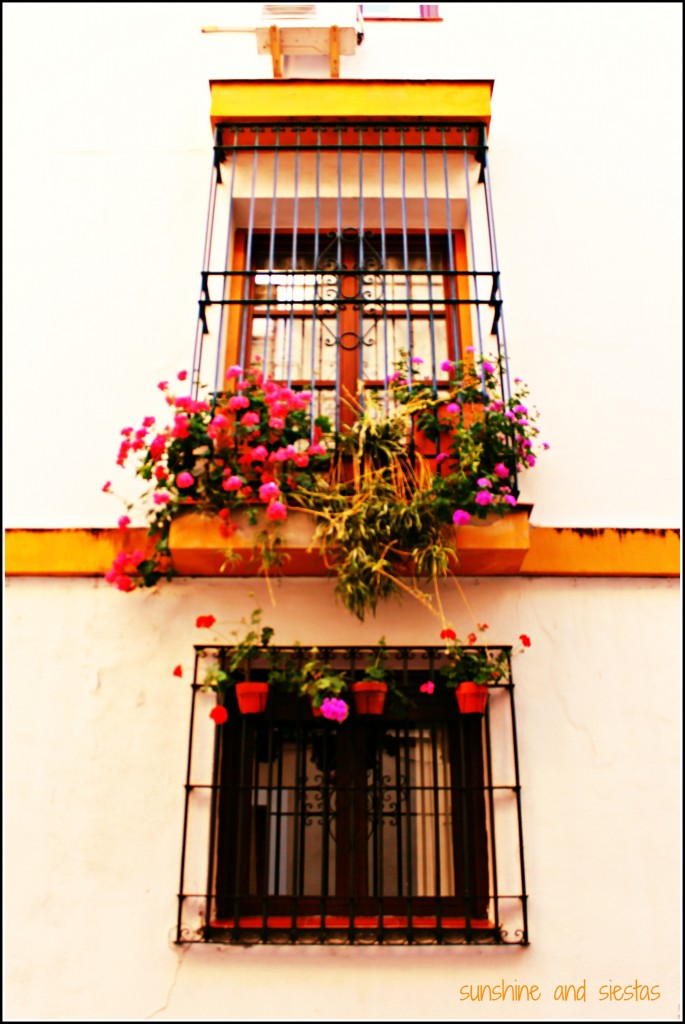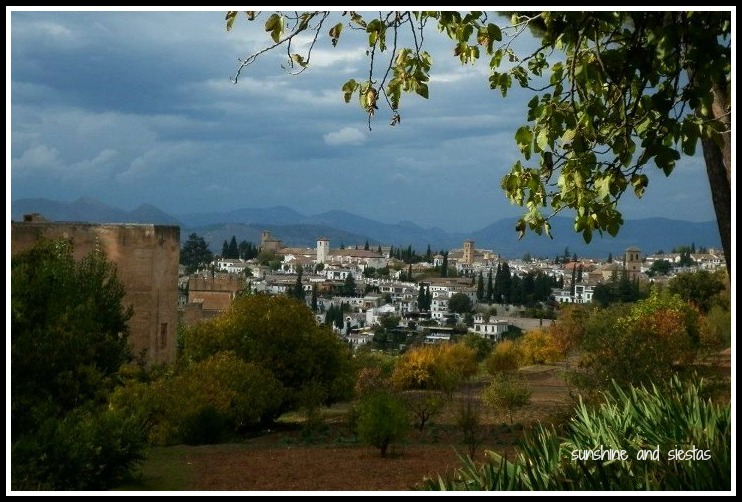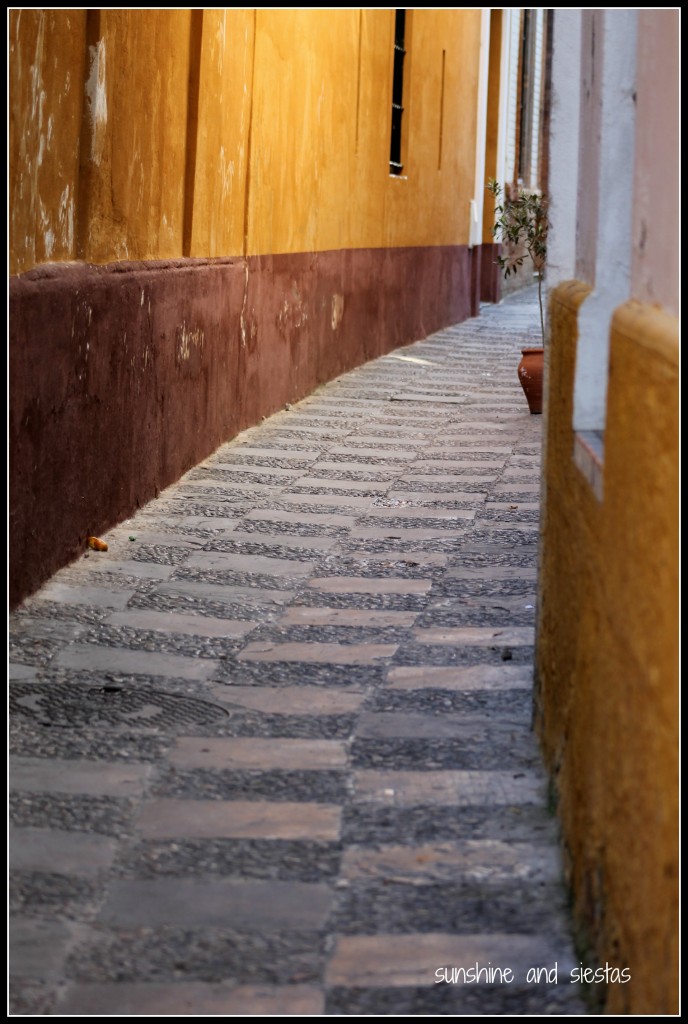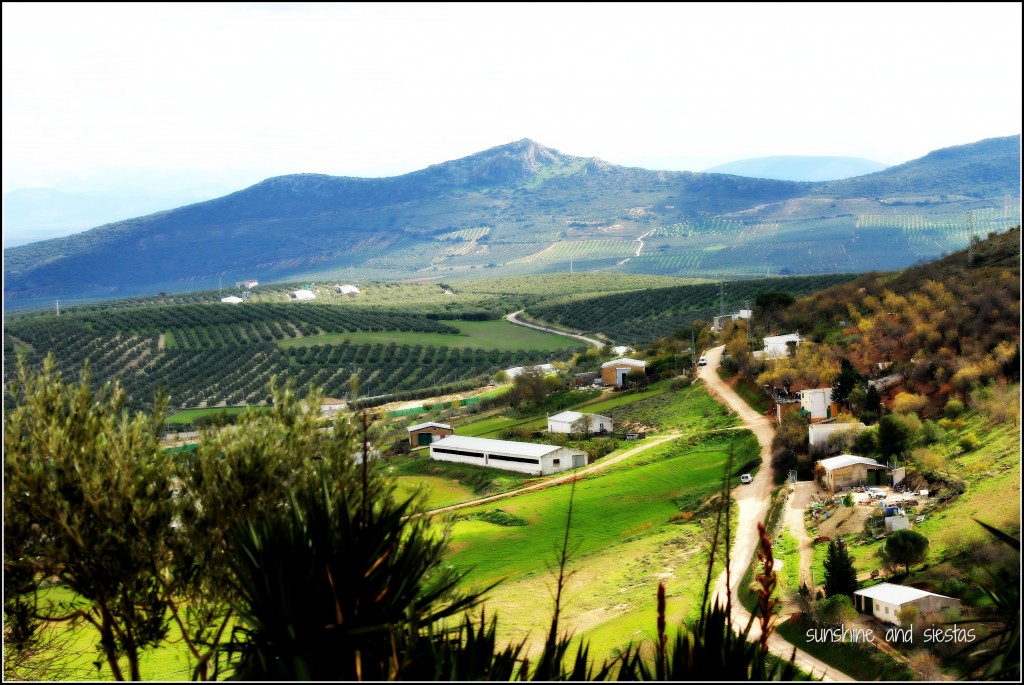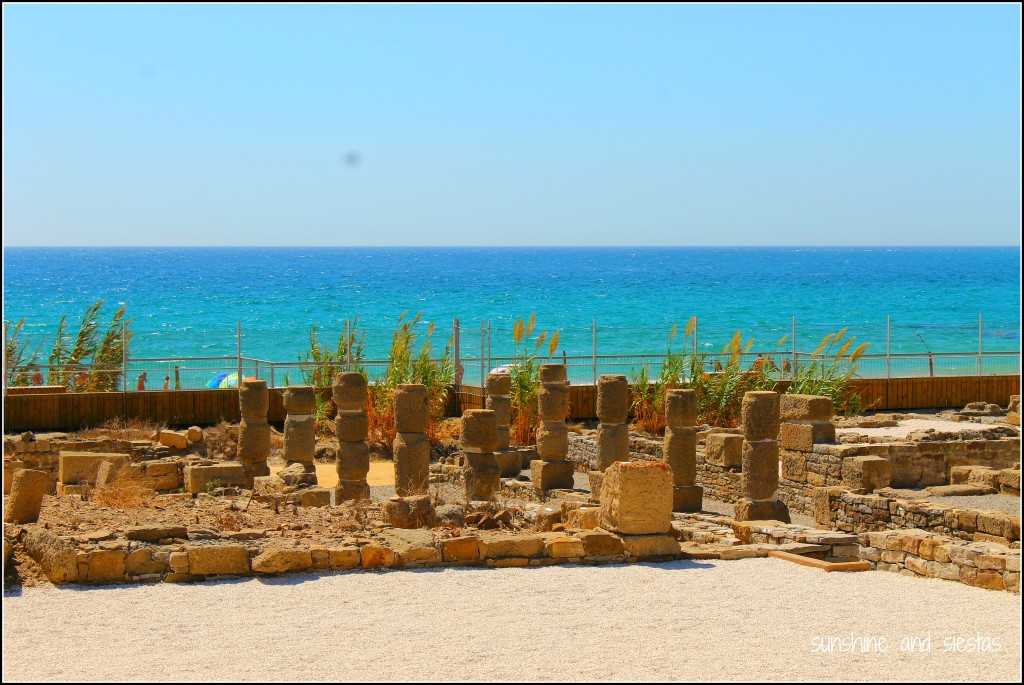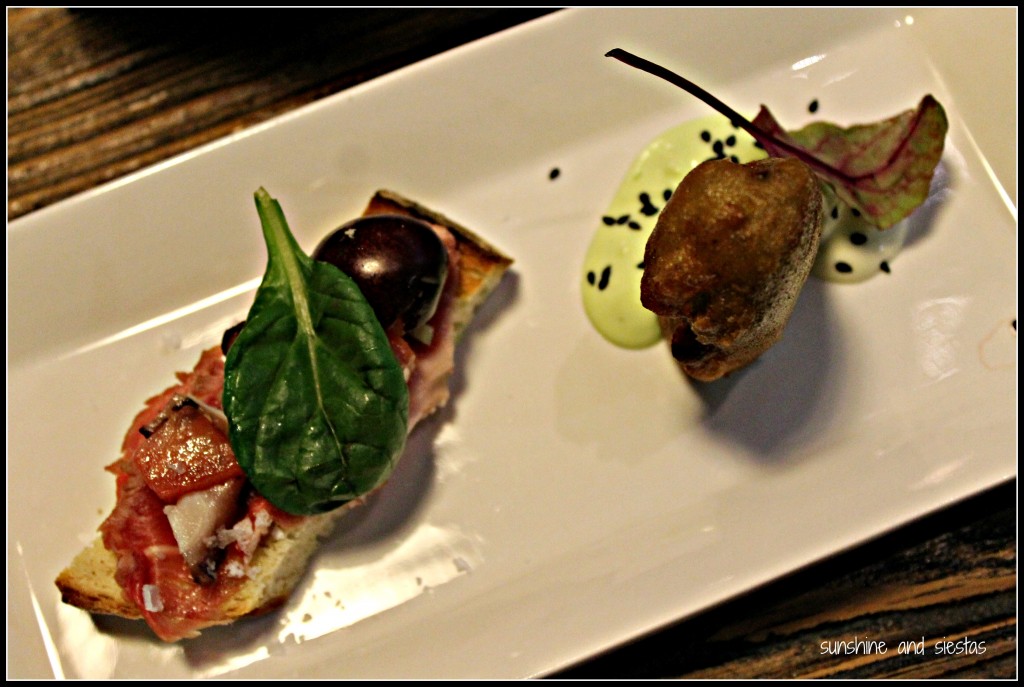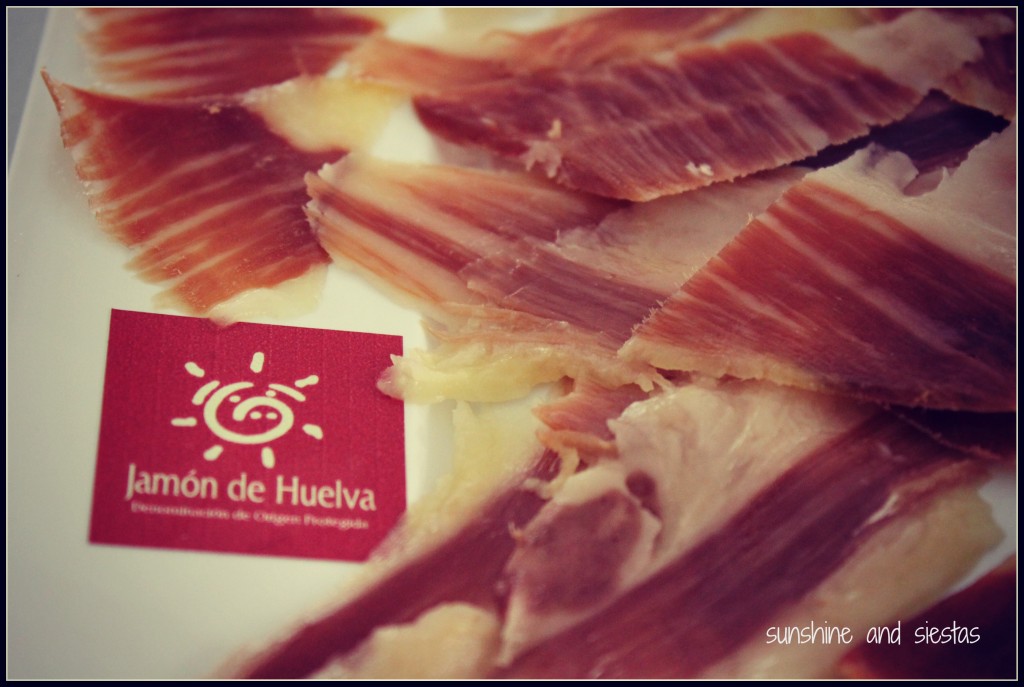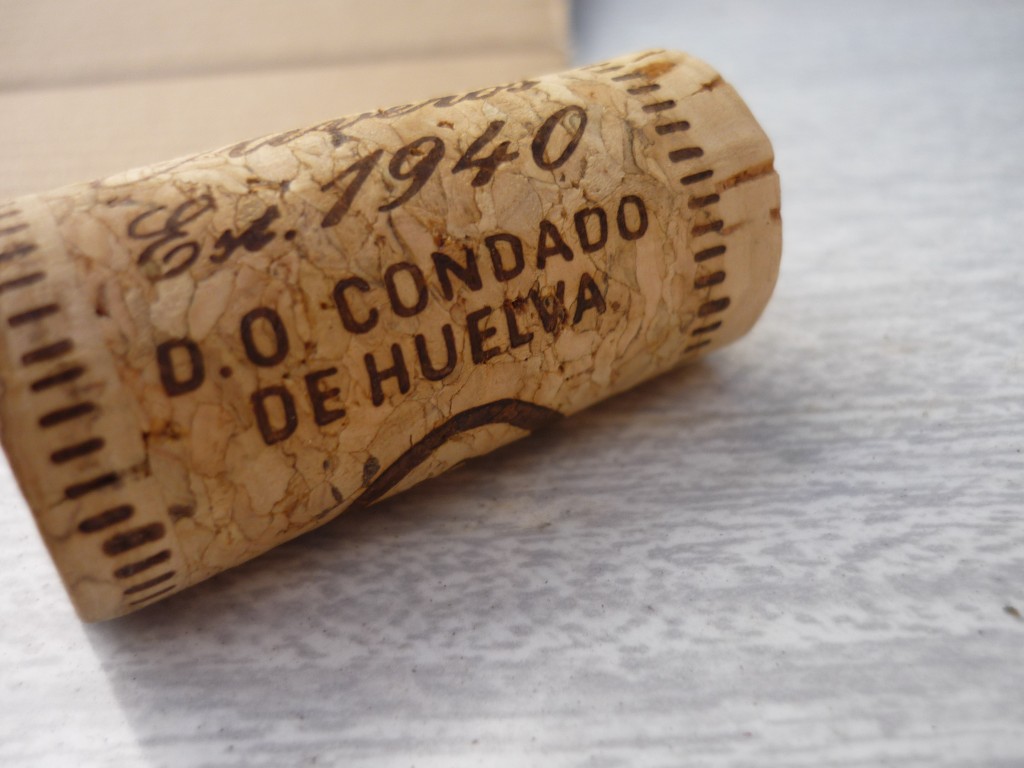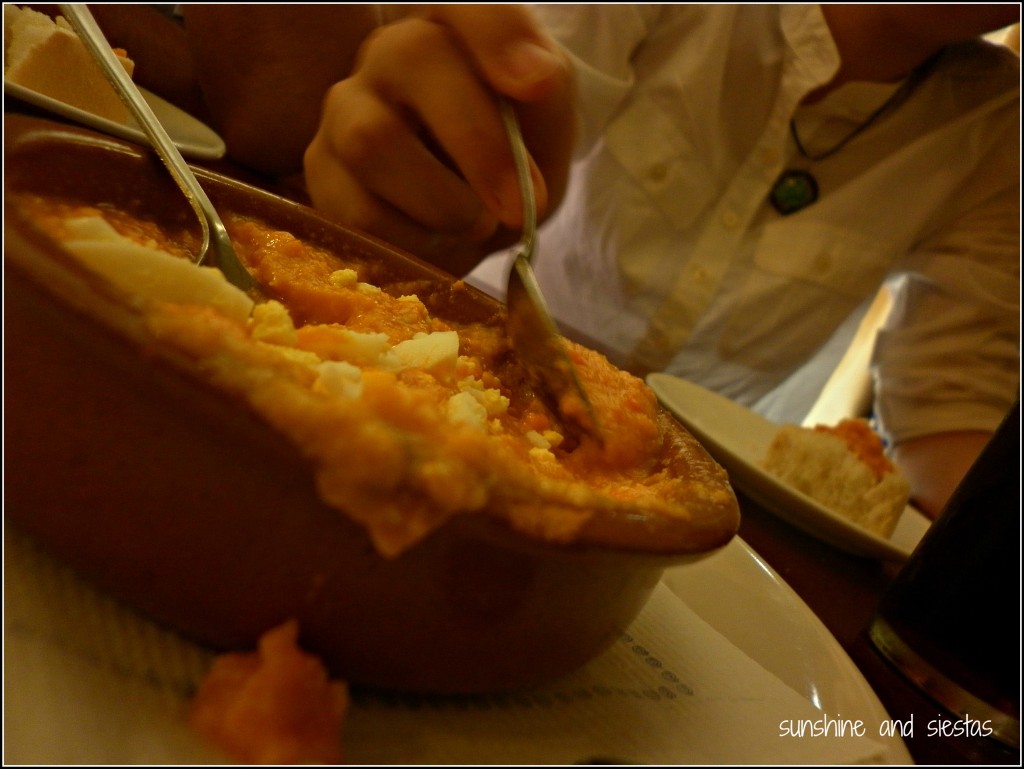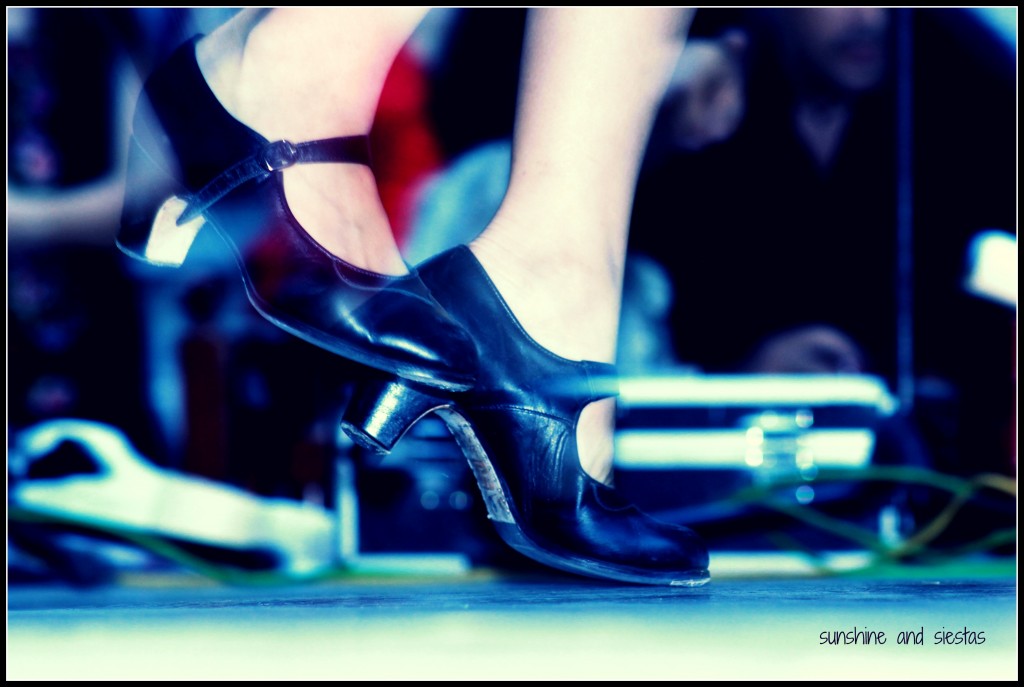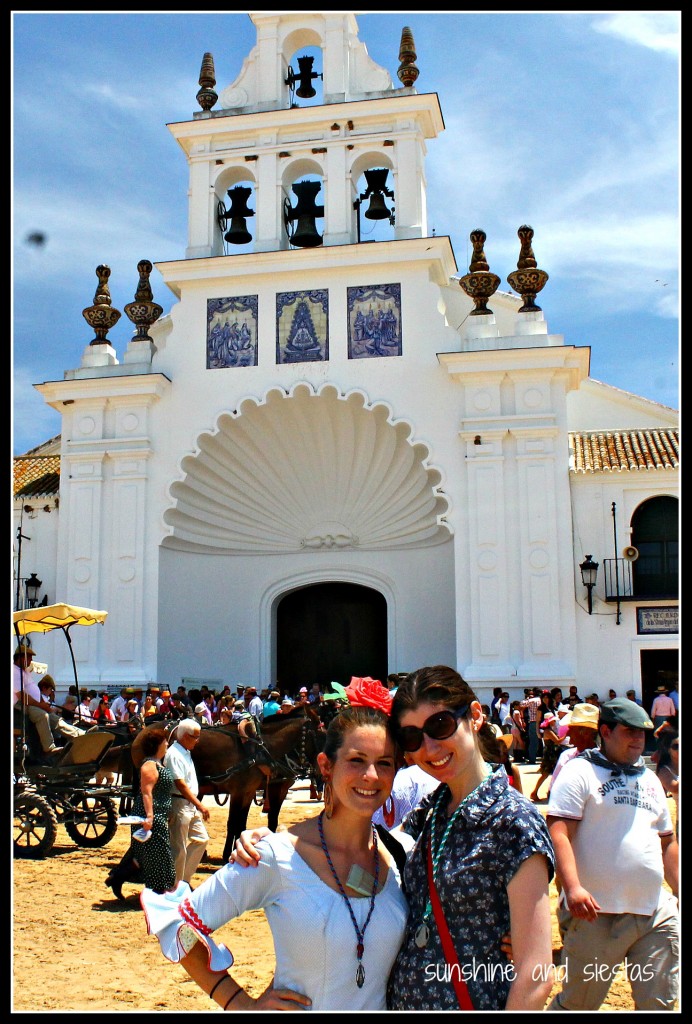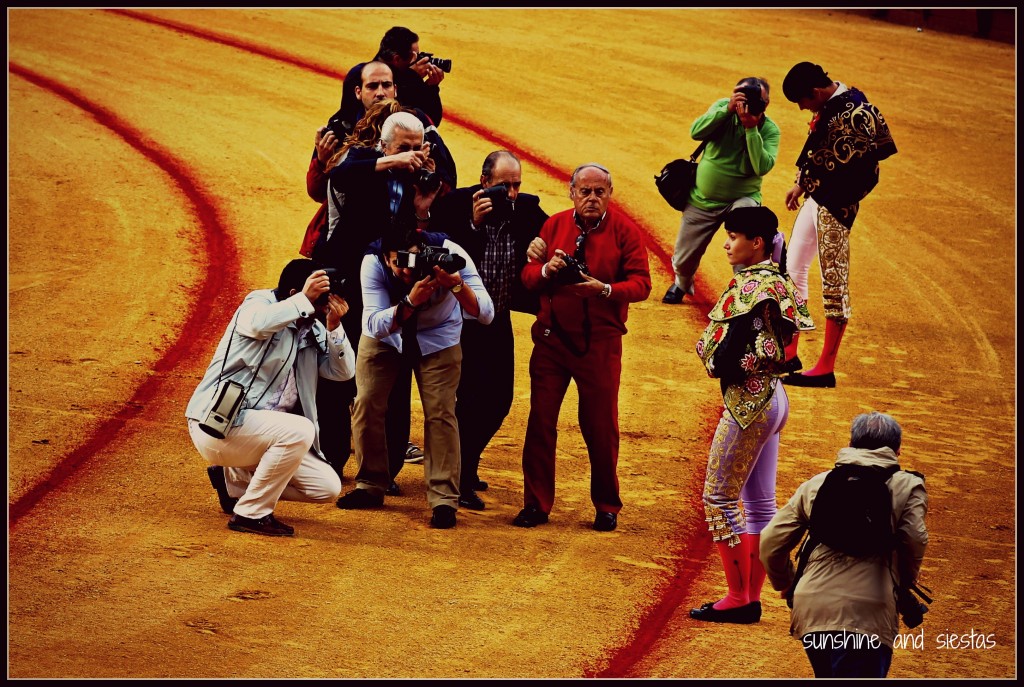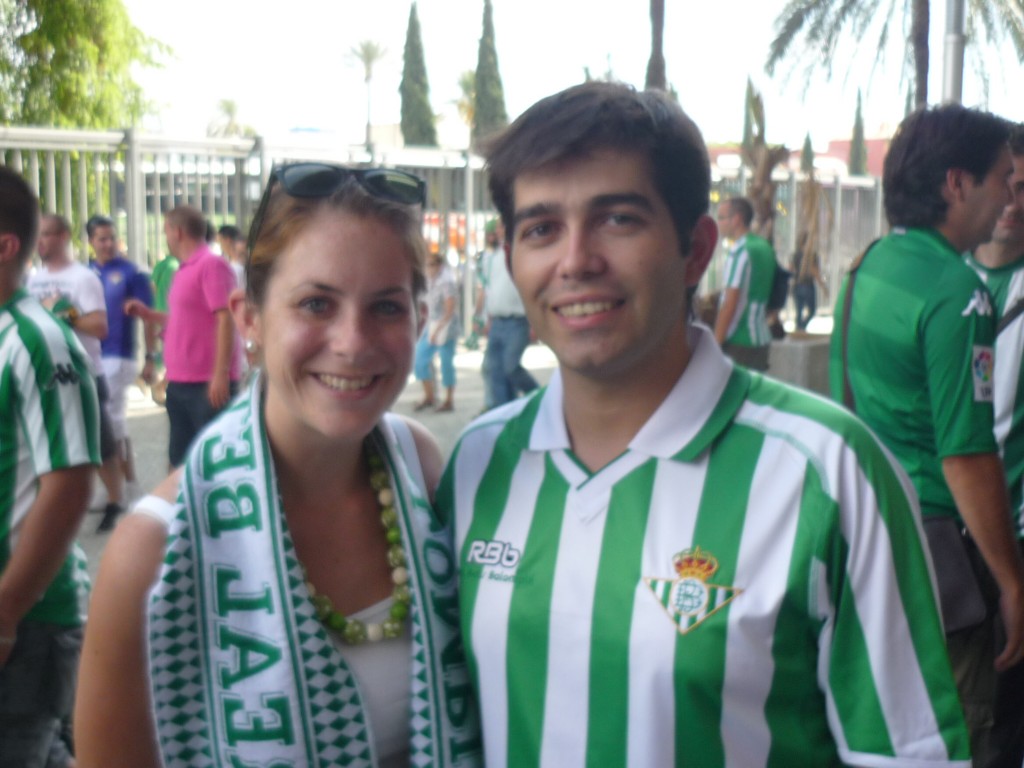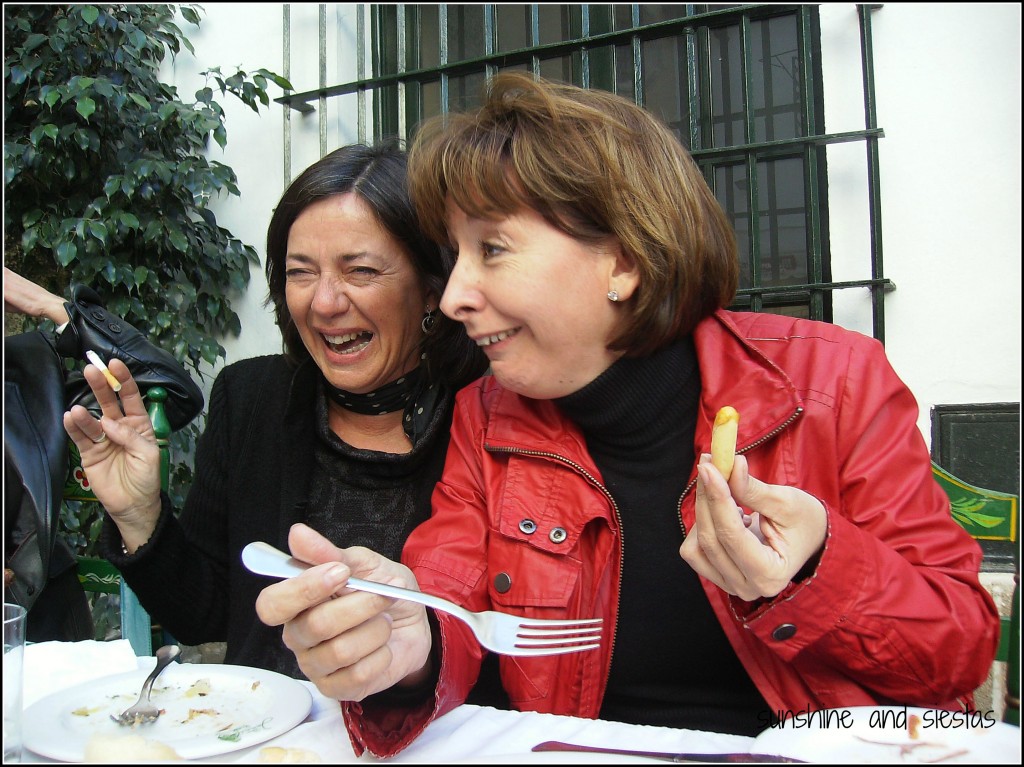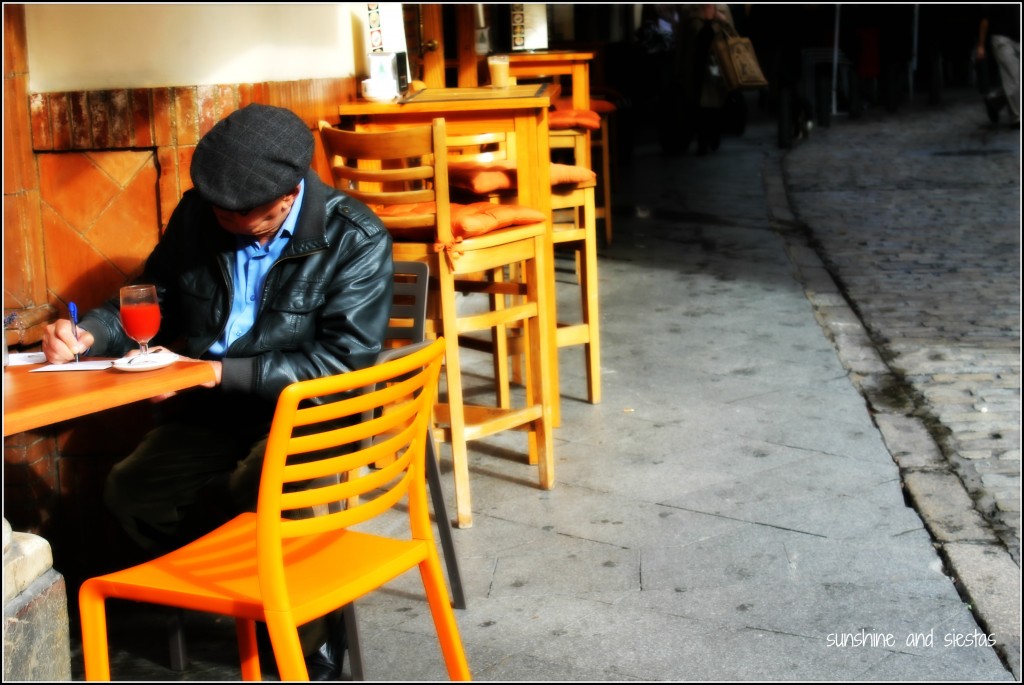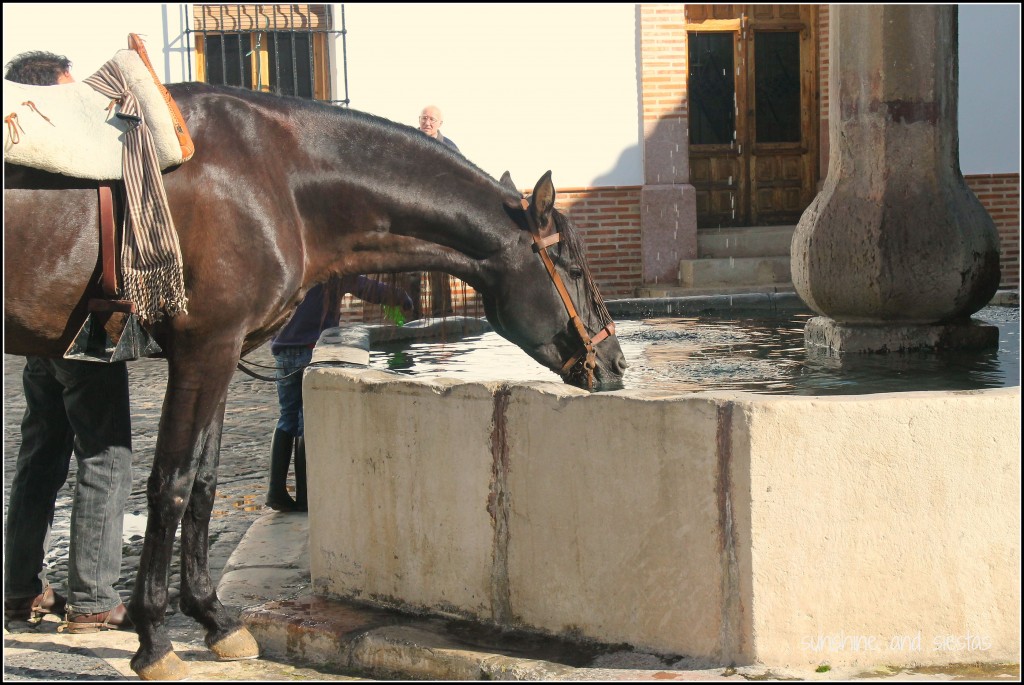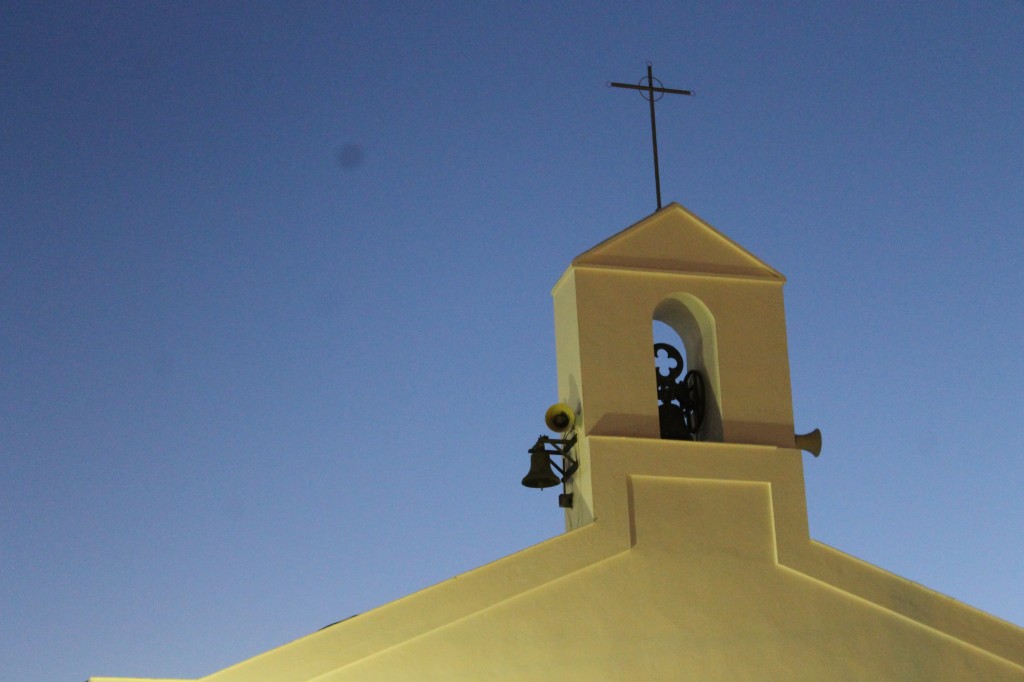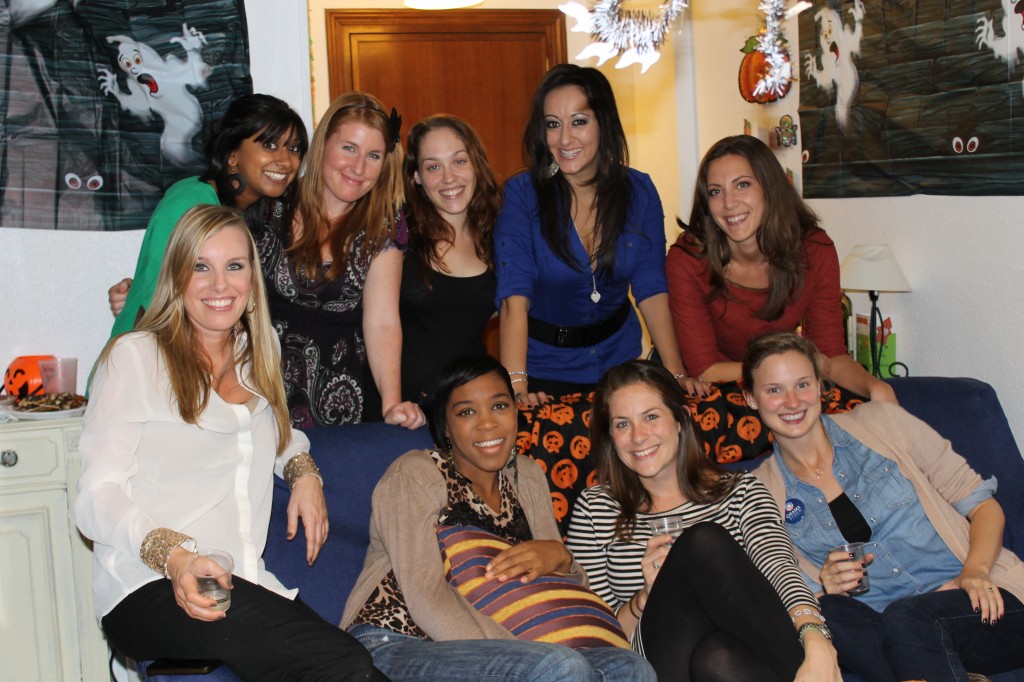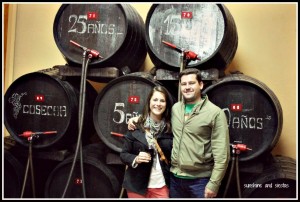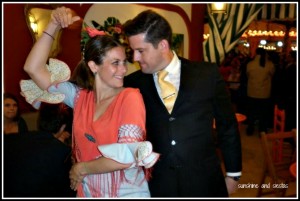When I used to tell people that I worked in the little town of Olivares in rural Andalucía, all those big fancy sevillanos used to flip their hands as if to say, ain’t no big thing and gasp, “chiquilla, ya tienes el cielo ganao” – you’ve earned your spot in heaven, girl.
I was thrilled to have the opportunity to move back to Spain to learn Spanish. Then I decided to call up my new Spanish roommate to practice.
“EEEE?” Sí.· Yes.
“Erm, Está Melissa?” Is Melissa there?
“EEE. Yen ereh?” Quién eres?” Who’s calling?
Shit. I hung up.
My Spanish accent, the product of American teachers and a few weeks’ time studying in the cradle of modern Spanish, was no match for the fast-talking Andalusians and their tendency to comerse las palabras, or just not bother to say the last syllable.
I began to get nervous about my incorporation into the Spanish life I wanted to have. After all, most of my decision to move to Spain after college was to become fluent.
Luckily for me, Melissa was raised in London and, despite her indecipherable Spanish, speaks the clearest English I have ever heard. We spent most of our three years as roommates speaking in our first languages – English. Thank God, or I may have been cleaning the bathroom with glass cleaner instead of bleach. Nevertheless, I adopted her gaditano accent from Cadiz: perahh for espera (wait) and amovehr for vamos a ver (we’ll see).
In Olivares, words and tenses I knew became, literally, lost in translation. I was supposed to play dumb and say I only knew enough Spanish to get around, but my high schoolers aren’t that dense. I would try to hide my giggles at their jokes, punish for swear words (clearly the first and most important topic in language learning) and let a bueno or hombre slip every once in a while. I couldn’t understand them half the time, as evident when a kid came to the teacher’s lounge and motioned me over.
“tee-shaiir, ehn.” Teacher, ven. Come here.
Eh kay allay t heugh kayr poh lakaleruh, pa pehdeer-tay pairdohn pour aber-me ray-i-oh. COMO? Es que ayer te vi caer por las escaleras, para pedirte perdón.
Baby talk, right? Nope, the second accent I picked up. The kid called me over to apologize for having laughed at me when I tripped on the stairs. I had to get another teacher, raised in Valencia, to step in as a translator. She laughed and in her perfect British English, warning, “Don’t learn to talk like them. It’s absolutely wretched to listen to some of these villagers.”
Nevertheless, my adoption made me popular among my students who began to call me one of their own. And, after three years teaching, I subbed Que pasa chica? for Que’pah, mache?, olivareño for “What’s up, pal?”
photo by Jeremy Basetti of APOML
Then there’s the boyfriend accent. The Novio was born in Madrid and began schooling there, leaving his accent clear and manageable. Only when he’s using Andalusian slang does he begin to slip into the realm of misunderstanding, which has actually resulted in a few fights. When I don’t understand something, he’s quick to jump in and explain.
I remember that, during our first year of dating, when we used to spend every weeknight at La Grande. He and his friends would joke around about people, issues and memories that were already foreign to me, on top of the accent and slang. Towards the end of my third year, his friend David paid me a complement when Kike picked up a book from a trash heap in front of the same bar. A que somo unos gitanos, verdad? “Coño,” David said, “I remember when you used to fume because you couldn’t keep up in conversation now. Look at you now!”
So, if environment and the people you’re with are akin to the dialect you speak, I had an outdoor classroom in my old neighborhood of Triana, the magical place so Spanish, it killed me to leave it. Once outside mini Cádiz in my apartment, I was free to roam amongst the lifelong inhabitants of the island carved by the Guadalquivir and its canal, people who are so fiercely from their barrio that even Triana has its own accent. And you better believe I picked upon it. People could identify my place of residence just from hearing me speak with the bartenders who served me beer and montaditos, the grocer who I often ran into on public buses, Fernando at Java café.
But as much as I tried, my accent had too many outside influences to let it be trianero for too long. I moved across town, spent two years teaching babies whose Spanish was far worse than mine (and correcting them, too), and then took up a job teaching English with Anglo coworkers. In fact, when I took the DELE a few years ago, the oral fluency examiner guessed I lived in Utrera.
My accent seems to be suffering from lack of practice these days, despite conducting a relationship in Spanish and finally being able to watch TV without subtitles or without desperation for trying to keep up with the plot.. It’s become a little orphan accent, trapped between the olive trees of Olivares, the empty extremeño plains and a barrio called Triana.
Looking for Spanish classes in Seville? Sevilla Habla is a top-notch language school whose unique methodology will have you perfecting verb tenses and improving your confidence in lengua castellana. Not only are they great, but the classes are also wallet-friendly.
I’ve teamed up with both Sevilla Habla! and COMO Consulting Spain, a relocation consulting company for North Americans, to run this great contest: two weeks of free non-intensive courses with Sevilla Habla!
Entering is simple: leave a comment with your favorite Spanish word or phrase, and then earn extra entries by following Sevilla Habla! on social media (or a mí, también). The contest will run until March 10th, but you can use the classes until the end of the year.
Even if you don’t win, Sevilla Habla! is offering Sunshine and Siestas readers a great promotion – on top of already economical classes, you can grab a 5% discount on non-instensive courses (4 hours a week) or 10% on intensive courses (20 hours a week). When Pablo and Marta ask how you heard of Sevilla Habla!, tell them the code, COMO.
Have you ever tried immersion learning? How did you learn to speak Spanish?




